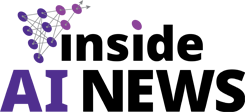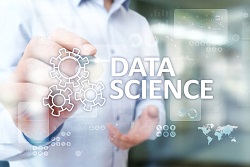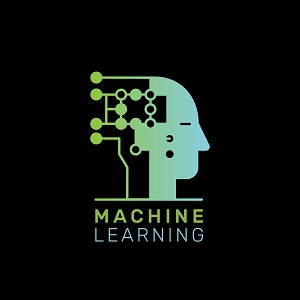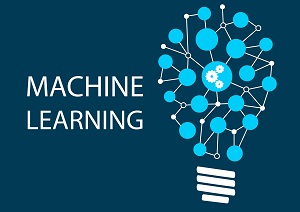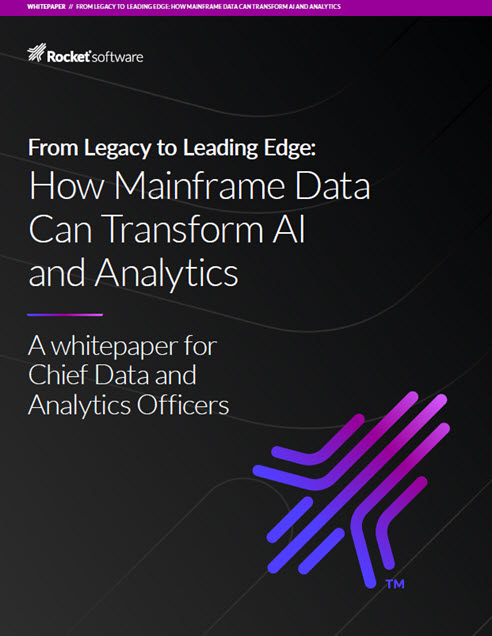Lightning AI, the company accelerating the development of an AI-powered world, today announced the general availability of PyTorch Lightning 2.0, the company’s flagship open source AI framework used by more than 10,000 organizations to quickly and cost-efficiently train and scale machine learning models. The new release introduces a stable API, offers a host of powerful features with a smaller footprint, and is easier to read and debug.
Lightning AI Releases PyTorch Lightning 2.0 and a New Open Source Library for Lightweight Scaling of Machine Learning Models
Video Highlights: Distributed Python with Ray
This is an introductory and hands-on guided tutorial of Ray2.0 that covers an introductory, hands-on coding tour through the core features of Ray, which provides powerful yet easy-to-use design patterns for implementing distributed systems in Python.
The Anyscale Platform™, built on Ray, Introduces New Breakthroughs in AI Development, Experimentation and AI Scaling
Anyscale, the company behind Ray open source, the unified compute framework for scaling any machine learning or Python workload, announced several new advancements on the Anyscale Platform™ at AWS re:Invent in Las Vegas, NV. The new capabilities extend beyond the advantages of Ray open source to make AI/ML and Python workload development, experimentation, and scaling even easier for developers.
Anaconda Announces Collaboration with Esri, Setting the Enterprise Standard for Python Across the Geospatial Community
Anaconda Inc., provider of the popular data science platform, announced a collaboration with Esri, the global market leader in geographic information system (GIS) software, location intelligence, and mapping. This collaboration supports Esri and the geospatial community by providing users of Esri’s software with preloaded geospatial packages for use with Python.
Python Madness
The Python MVP March Madness 2022 tournament also has arrived at its championship game, with echoes of the real NCAA. Two weeks ago, the tournament began with 32 Python packages matched up in a head-to-head, lose-or-go-home tournament play. The community voted, round-by-round, and delivered NumPy and pandas to the final game.
Video Highlights: A Path Into Data Science
Are you interested in getting ahead in data science? On this TalkPython podcast episode, you’ll meet Sanyam Bhutani who studied computer science but found his education didn’t prepare him for getting a data science-focused job. That’s where he started his own path of self-education and advancement. Now he’s working at an AI startup and ranking high on Kaggle.
Video Highlights: Thinking Sparse and Dense
The video below, “Thinking Sparse and Dense” is the presentation by Paco Nathan from live@Manning Developer Productivity Conference, June 15, 2021. In a Post-Moore’s Law world, how do data science and data engineering need to change? This talk presents design patterns for idiomatic programming in Python so that hardware can optimize machine learning workflows.
Circular Statistics in Python: An Intuitive Intro
In this contributed article, Amit Babayoff, a data scientist at Deeyook, discusses the principles of circular statistics, by looking at some its basic principles and tools and why conventional linear methods don’t work well on circular data. She also explores how a simple filtering for handling noise can be constructed from these basic tools.
Video Highlights: BigQuery + Notebooks: Building an Analytics Pipeline on Kaggle
Your architecture choices impact how efficiently you’re able to use your data. In this “Snapshots” video produced by Kaggle, Data Scientist Wendy Kan demonstrates how she incorporates BigQuery and Kaggle Notebooks into her workflow. Watch her create an interactive network analysis graph that explores the most commonly installed Python packages!
The Impact of Python: How It Could Rule the AI World?
In this contributed article, writer, AI researcher, and business strategist Michael Lyman discusses the growth of use of the Python language and how it is playing a significant role in the rise of AI and deep learning. Python’s power and ease of use has catapulted it to become one of the core languages to provide machine learning solutions.
